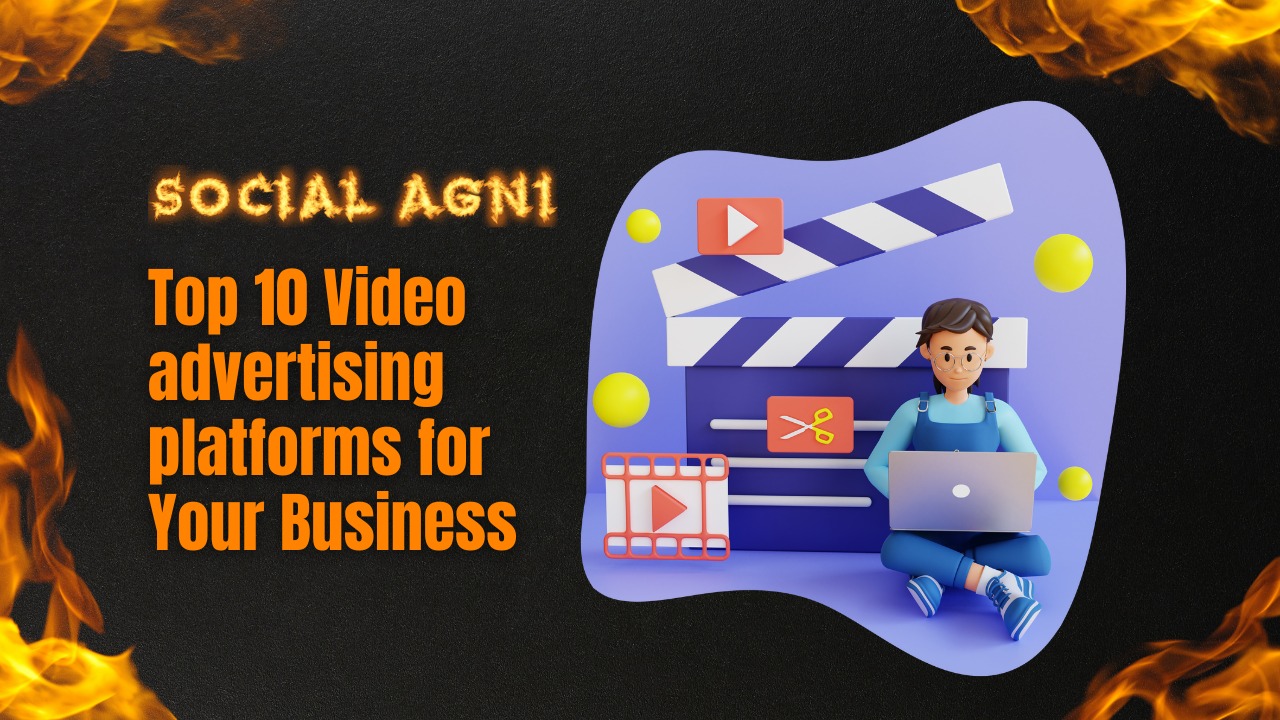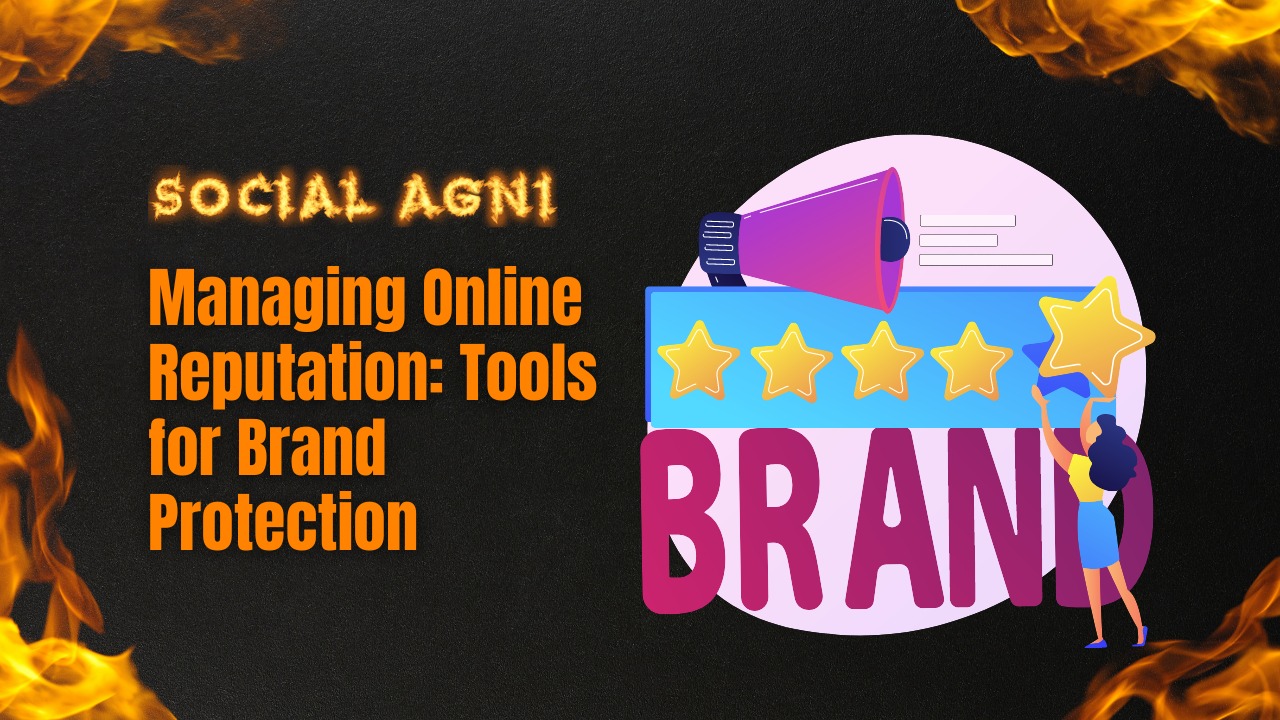Businesses are always looking for strategies to attract and convert clients online in today’s fast-paced digital world. Sales funnels and websites help with this. Both engage potential consumers, but their design, functionality, and strategy differ. In this post, we’ll compare sales funnels and websites and discuss how they may help a business’s marketing and sales.
Sales funnels steer potential clients through a sequence of steps to a desired action, such as buying or providing contact information. Sales funnels are designed to increase conversions and income, unlike typical websites. Using effective copywriting, tailored offers, and personalized communication, they grab leads, nurture prospects, and generate sales.
However, websites act as virtual marketplaces and provide information about items, services, and brand identification. Websites showcase a company’s products, introduce the brand, share useful information, and engage visitors. They let consumers navigate between websites and discover the business.
User experience and interaction distinguish sales funnels from websites. Sales funnels eliminate distractions and direct potential consumers to a specified activity. Websites allow visitors to browse areas at their own leisure. They prioritize user involvement with a variety of material, interactive components, and chances to explore the company’s services.
Websites provide information and brand recognition, whereas sales funnels focus on conversions and sales. Sales funnels use persuasion and focused messaging to convert leads into customers. Websites value education, credibility, and trust. They offer thorough product/service descriptions, FAQs, client testimonials, and other materials to help potential buyers decide.
In conclusion, websites and sales funnels serve diverse objectives in the internet business environment. Sales funnels simplify the user experience to increase conversions and revenue. Websites offer more information, brand identification, and content interaction. Businesses must understand the distinctions between these two tools to choose which method best meets their marketing and sales goals to reach and convert their target audience.
|
S.no. |
Aspect |
Sales Funnel |
Website |
|
1 |
Purpose |
Designed for guiding |
Multi-purpose |
|
2 |
Structure |
Linear structure |
Flexible structure |
|
3 |
Goal |
Conversion-focused |
Information and engagement |
|
4 |
Lead Conversion |
Lead to customer conversion |
Online presence |
|
5 |
Stages |
Specific stages |
Multiple pages and sections |
|
6 |
Buyer Journey |
Emphasizes buyer journey |
Showcasing products/services |
|
7 |
Call-to-Actions |
Clear call-to-actions |
Varied user interactions |
|
8 |
Target Audience |
Lead generation focus |
Broader target audience |
|
9 |
Optimization Focus |
Optimize for conversions |
Optimize for user experience |
|
10 |
Content Type |
Narrow and focused content |
Diverse content types |
|
11 |
Lead Nurturing |
Lead nurturing mechanisms |
Content marketing strategies |
|
12 |
Testing and Optimization |
A/B testing of elements |
|
|
13 |
Automation |
Automates follow-up actions |
Interactive features |
|
14 |
Distractions |
Limited distractions |
More information and options |
|
15 |
Analytics and Tracking |
Sales-driven metrics |
Website analytics |
|
16 |
Funnel Analytics |
Funnel analytics and tracking |
User behavior tracking |
|
17 |
Marketing Integration |
Email marketing integration |
Blogging and social sharing |
|
18 |
Landing Pages |
Landing pages for conversions |
Product/service catalog |
|
19 |
Upselling and Cross-selling |
Upselling and cross-selling |
Customer reviews and feedback |
|
20 |
Sales Team Involvement |
Sales team involvement |
Customer support functionality |
|
21 |
Lead Scoring and Qualification |
Lead scoring and qualification |
FAQs and knowledge base |
|
22 |
Follow-up Sequences |
Follow-up sequences |
Contact forms and inquiries |
|
23 |
Optimization Approach |
Goal-oriented optimization |
User engagement optimization |
|
24 |
Marketing Funnel |
Emphasizes marketing funnel |
Provides overall web presence |
|
25 |
Conversion Rate Tracking |
Focuses on tracking conversion rates |
Tracks user engagement and behavior |
|
26 |
Lead Segmentation |
Segments leads based on funnel stage |
Can segment users based on preferences, demographics, etc. |
|
27 |
Sales Team Alignment |
Aligns sales team with funnel stages |
Focuses on aligning website content with user needs |
|
28 |
Revenue Generation |
Directly focuses on generating revenue |
Revenue generation may be indirect through lead generation and sales |
Frequently Asked Questions (FAQs)
1. What is a sales funnel?
A sales funnel is a marketing approach that converts prospects into buyers. It guides prospects from awareness to interest, choice, and action, such buying or supplying contact information.
2. How is a sales funnel different from a website?
A sales funnel is optimised to convert leads, while a website provides information about a firm. A sales funnel captures leads, nurtures prospects, and maximises income, whereas a website provides more material and is a primary source of information.
3. What are the stages of a sales funnel?
Awareness, interest, choice, and action comprise the sales funnel. Potential clients learn about a product or service in awareness. They participate in the interest stage. Decision-making entails assessing possibilities and buying. Customers buy or sign up in the action stage.
4. How can I optimize my sales funnel?
Understanding your audience, creating appealing message, and offering value can optimise your sales funnel. Persuasive authoring, personalised communication, A/B testing, and tracking metrics may optimise each stage.
5. Do I need a sales funnel for my business?
Well-designed sales funnels may boost your business’s marketing and revenue. By directing leads through a process, it improves lead conversion. Sales funnels improve client acquisition and revenue regardless of industry or size.
6. Can I use a sales funnel for both online and offline businesses?
Online and offline firms can use sales funnels. Offline firms may alter sales funnels by adding lead collecting, customer follow-up, and conversion tracking.
7. How long does it take to see results from a sales funnel?
Sales funnel outcomes rely on industry, target audience, and marketing. Sales funnels need constant tweaking. With proper execution and regular work, you can see benefits in weeks or months.
8. Can I have multiple sales funnels for different products or services?
Absolutely! Multiple sales channels for different products or services might be effective. Each funnel may be tailored to the offering’s demands and characteristics to better target different audiences.
9. How do I measure the success of my sales funnel?
Conversion rates, average order value, customer lifetime value, and customer acquisition cost are KPIs for sales funnel success. These analytics may help you optimise your funnel, discover areas for development, and maximise your ROI.
10. Can I automate my sales funnel?
Sales funnels need automation. Tools and software may automate lead collection, email marketing, customer segmentation, and other funnel elements. Automation streamlines operations, letting you focus on prospect interactions and conversions.



















